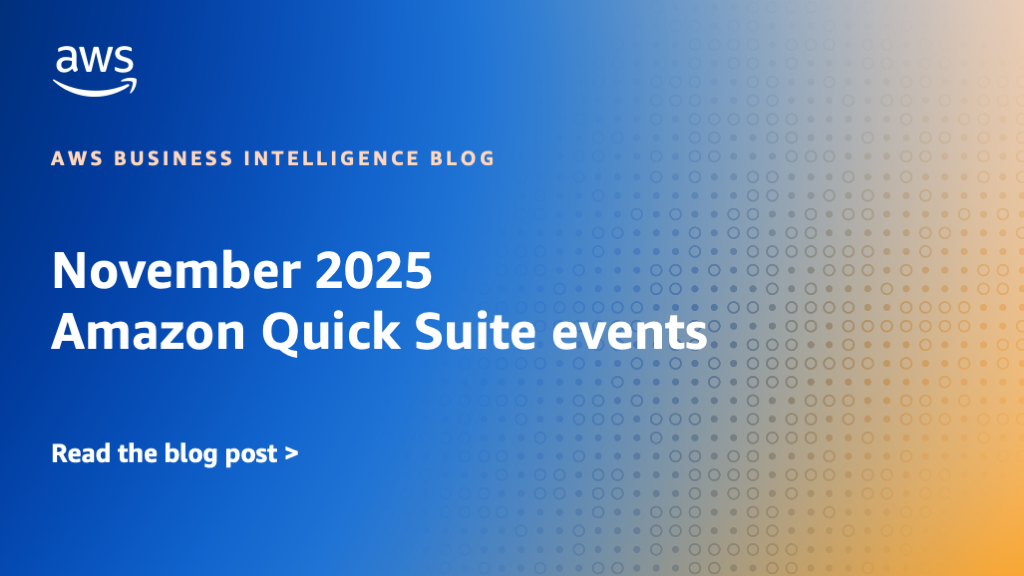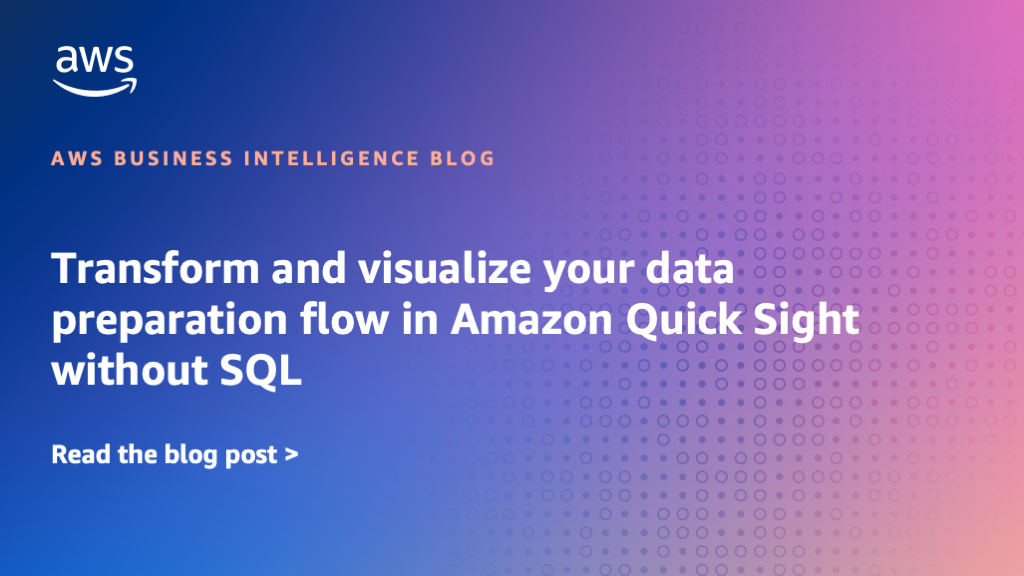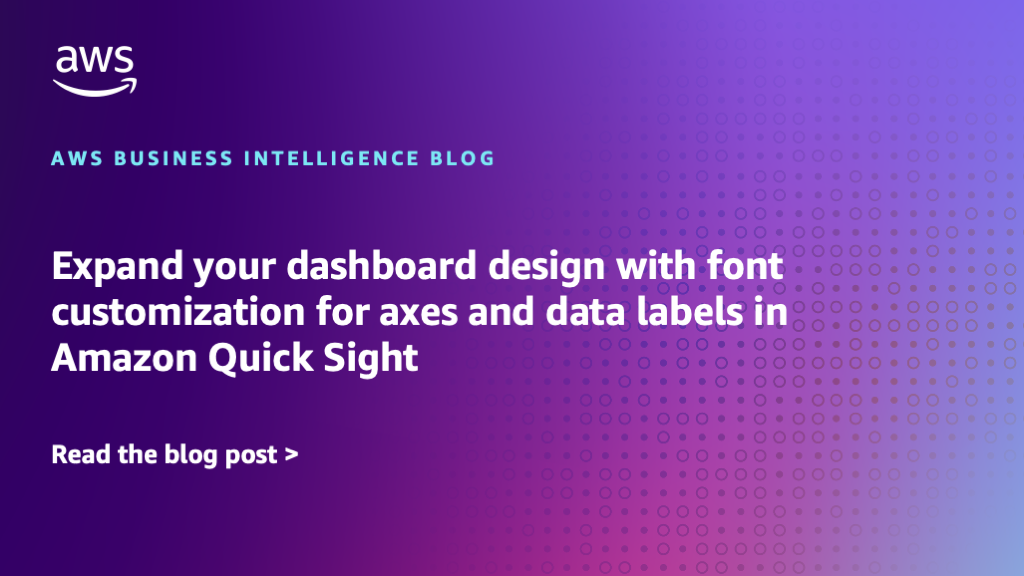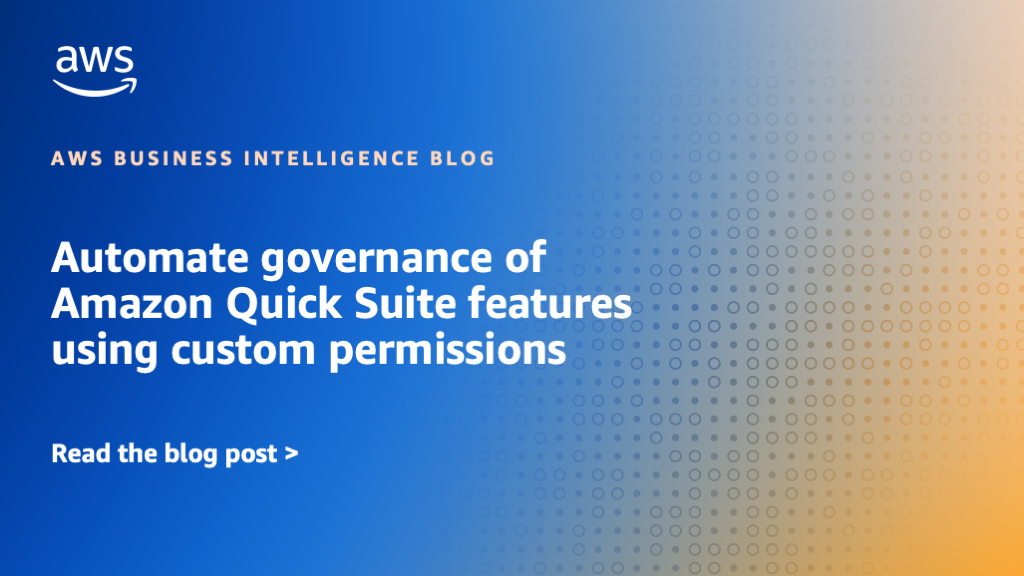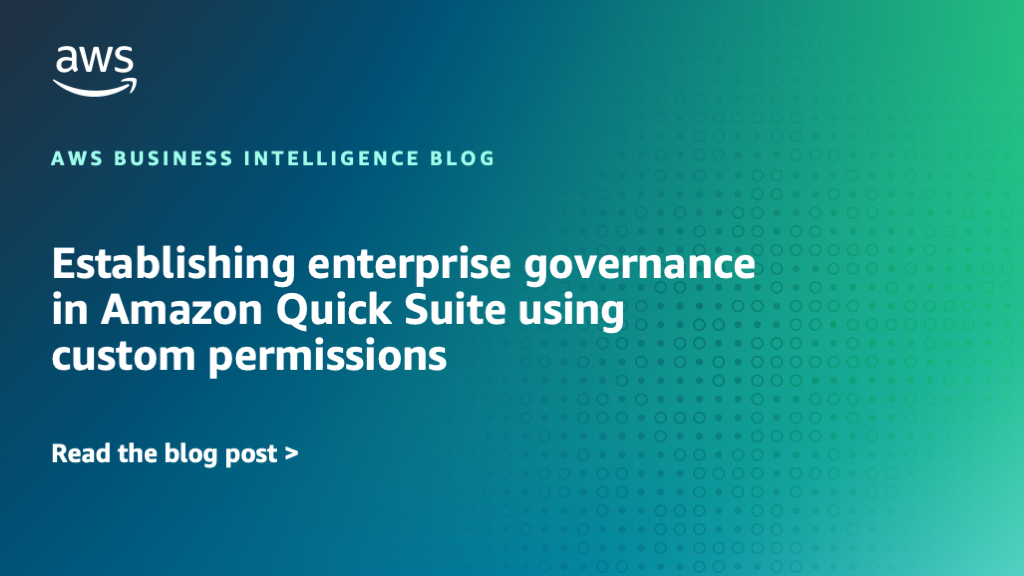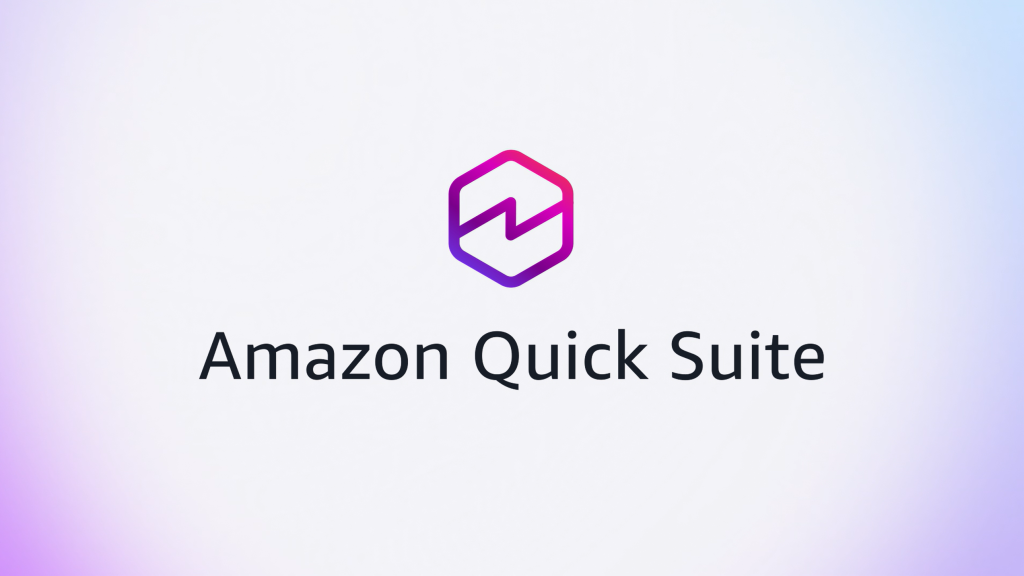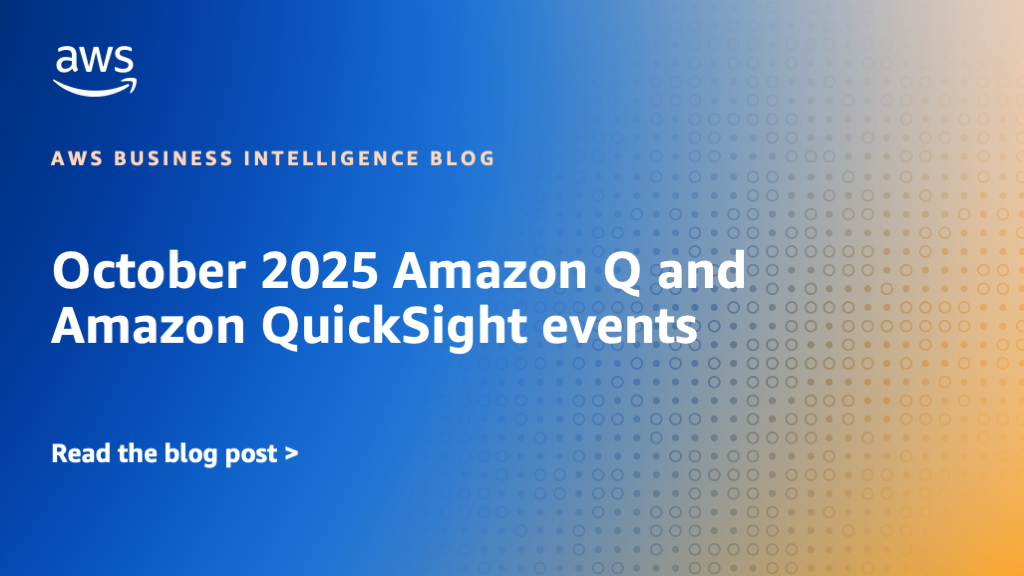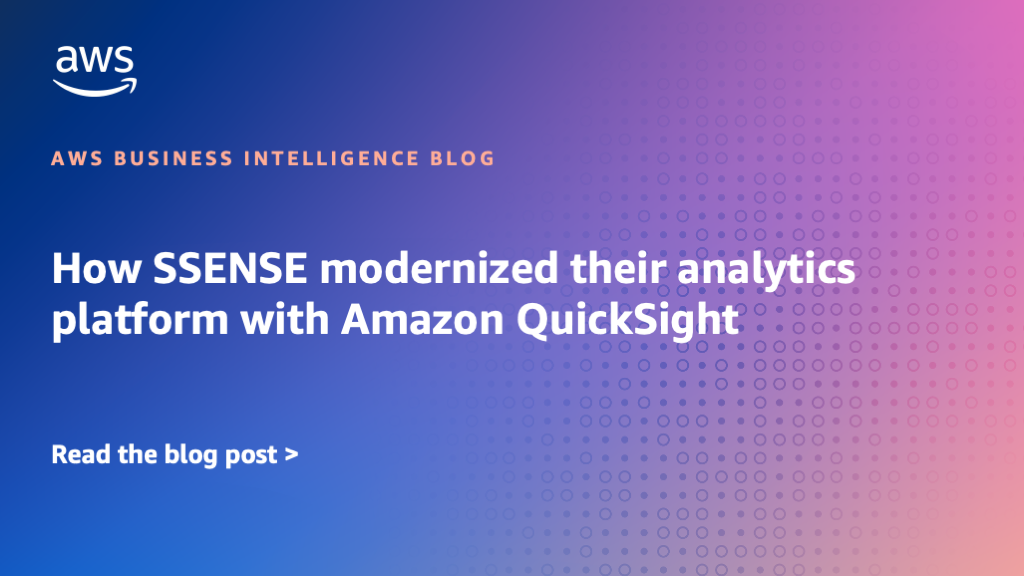AWS Business Intelligence Blog
November 2025 Amazon Quick Suite events
Amazon Quick Suite helps business users make better decisions, faster and take action on them by unifying AI agents for research, insights, and automation into a single experience that understands your complete data context. Join us for online and in-person events in November 2025.
Transform and visualize your data preparation flow in Amazon Quick Sight without SQL
In this post, we explore how AnyCompany, a mid-sized retail company, helps their business analysts transform complex data without writing a single line of SQL using the new Quick Sight data preparation experience. The step-by-step visual interface transforms how organizations work with data, enabling features like Append, Join, Unpivot, and Aggregate to solve real-world data challenges through an intuitive point-and-click interface that democratizes data transformation for users without technical expertise.
How D2L transformed educational analytics using visual data preparation in Amazon Quick Sight
In this post, we show how D2L enhanced its Brightspace Analytics offerings in the Performance+ package using new data preparation features in Amazon Quick Sight, democratizing data insights across educational institutions and enabling educators and administrators to transform raw data into actionable insights through simple clicks without requiring technical expertise. The new Quick Sight data preparation experience has been revolutionary for D2L’s approach to educational analytics by providing a visual, low-code interface for data transformation that removes technical barriers and empowers users of all skill levels to work directly with data.
Expand your dashboard design with font customization for axes and data labels in Amazon Quick Sight
In this post, we walk you through the new font customization features for axes and data labels in Amazon QuickSight visuals, including step-by-step instructions and best practices for creating more readable and brand-consistent dashboards. These enhancements give you pixel-level control over font size, choice of font family, text styling options, and custom colors to fine-tune your dashboard’s visual design and improve readability for end-users.
Automate governance of Amazon Quick Suite features using custom permissions
In this post, we demonstrate how to programmatically implement feature-level restrictions at the account level using custom permissions in Amazon Quick Suite, helping organizations adopt the latest innovations in generative AI while maintaining enterprise-grade security and compliance. We walk through how to apply custom permissions to turn off AI-based capabilities at the account level for both new and existing Quick Suite account subscriptions using AWS services like CloudTrail, EventBridge, Lambda, and CloudFormation.
Establishing enterprise governance in Amazon Quick Suite using custom permissions
In this post, we explore how Amazon Quick Suite administrators can implement comprehensive enterprise governance using custom permissions at account, role, and user levels. The post provides a detailed guide on restricting various capabilities like Flows, Automate, Spaces, Actions, Chat Agents, Research, Analyses, and Dashboards while maintaining security and user access policies.
Reimagine business intelligence: Amazon QuickSight evolves to Amazon Quick Suite
In this post, we announce that Amazon QuickSight is evolving into Amazon Quick Suite, marking a significant leap forward in making comprehensive business insights readily available to everyone in your organization. The evolution introduces several AI-powered features including Quick Research, Quick Flows, Quick Automate, and Quick Index, all accessible through Quick chat while maintaining enterprise-grade security and governance.
October 2025 Amazon Q and Amazon QuickSight events
Amazon QuickSight powers data-driven organizations with unified business intelligence (BI) at hyperscale. With Amazon Q in QuickSight, business analysts and business users can use natural language to build, discover, and share meaningful insights in seconds, turning insights into impact faster. Join us for online and in-person events in October 2025.
How SSENSE modernized their analytics platform with Amazon QuickSight
In this post, we explore how SSENSE successfully migrated from a legacy business intelligence platform to Amazon QuickSight, enabling self-service analytics across the organization while reducing costs and improving operational efficiency. The migration involved transitioning almost 600 dashboards within 8 months, resulting in substantial benefits including a 25% decrease in dashboard development time, 80% reduction in maintenance tasks, and overall analytics expenses reduced to approximately one-third of previous levels.
How PayNet enhanced payment analytics with Amazon QuickSight
In this post, we explore how PayNet transformed its business intelligence capabilities using Amazon QuickSight to enable near real-time payment analytics, improve operational visibility, and enhance data quality monitoring across their diverse payment services.
